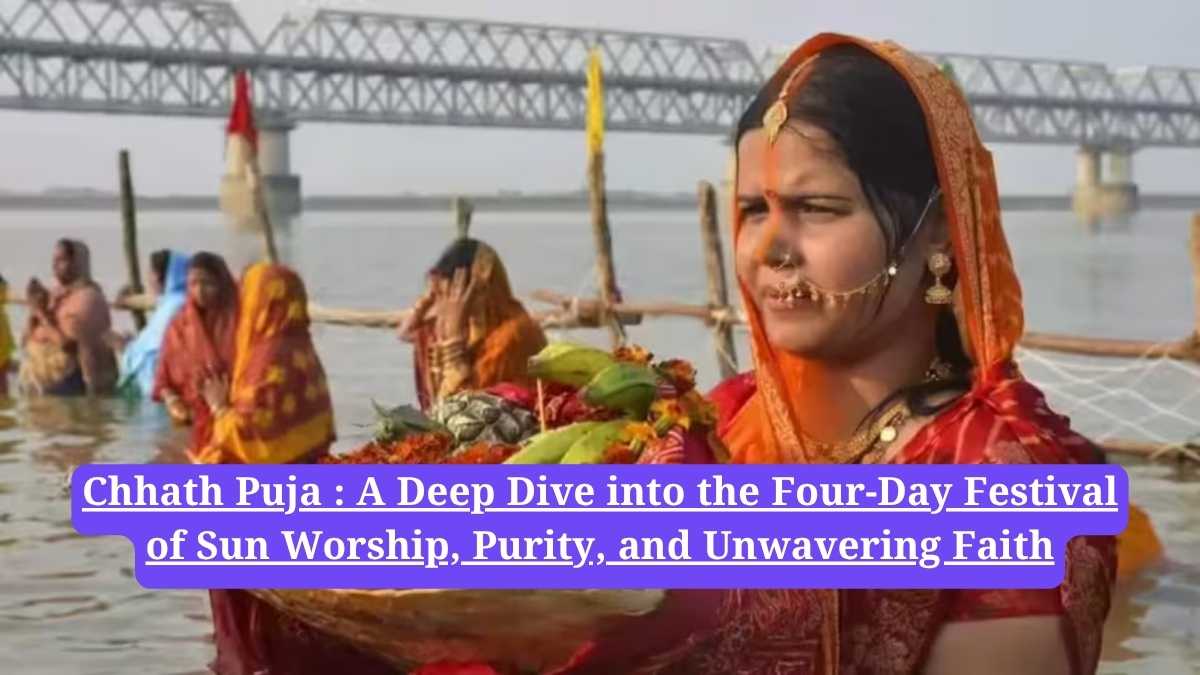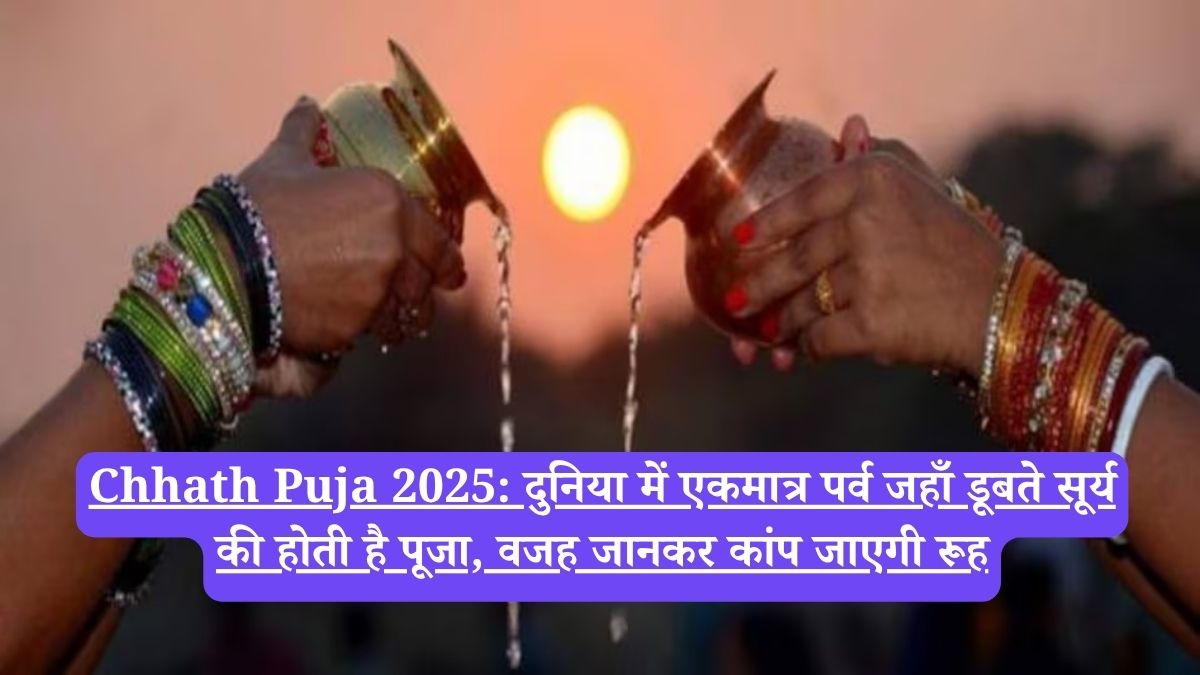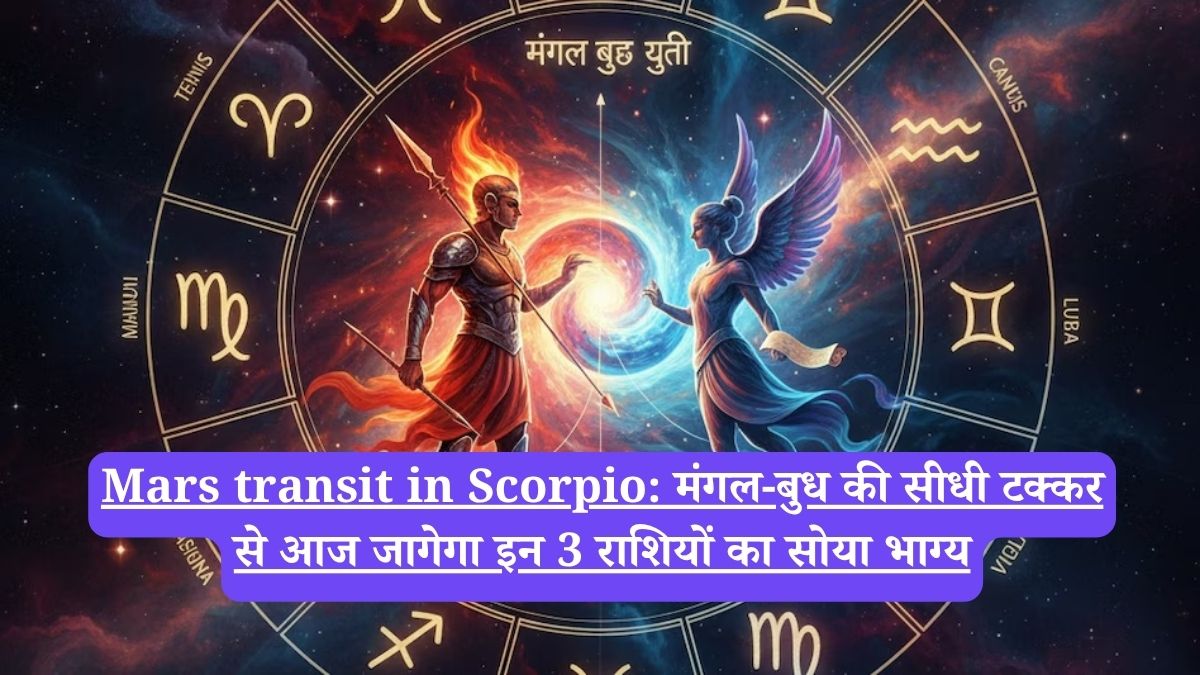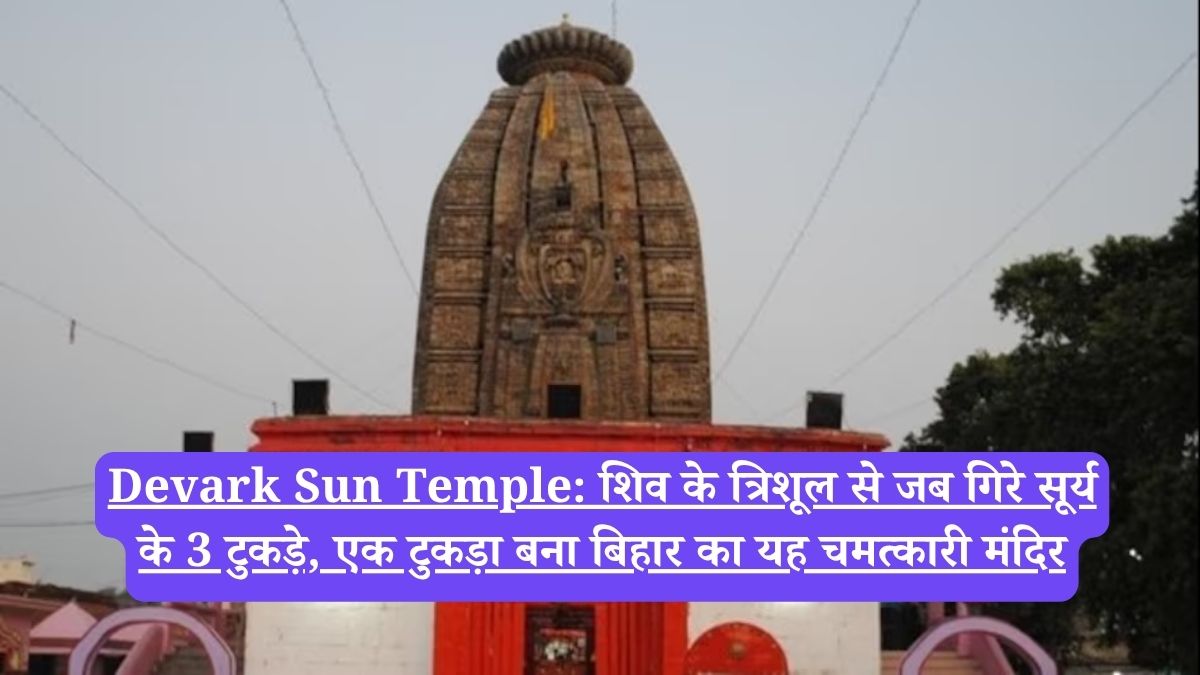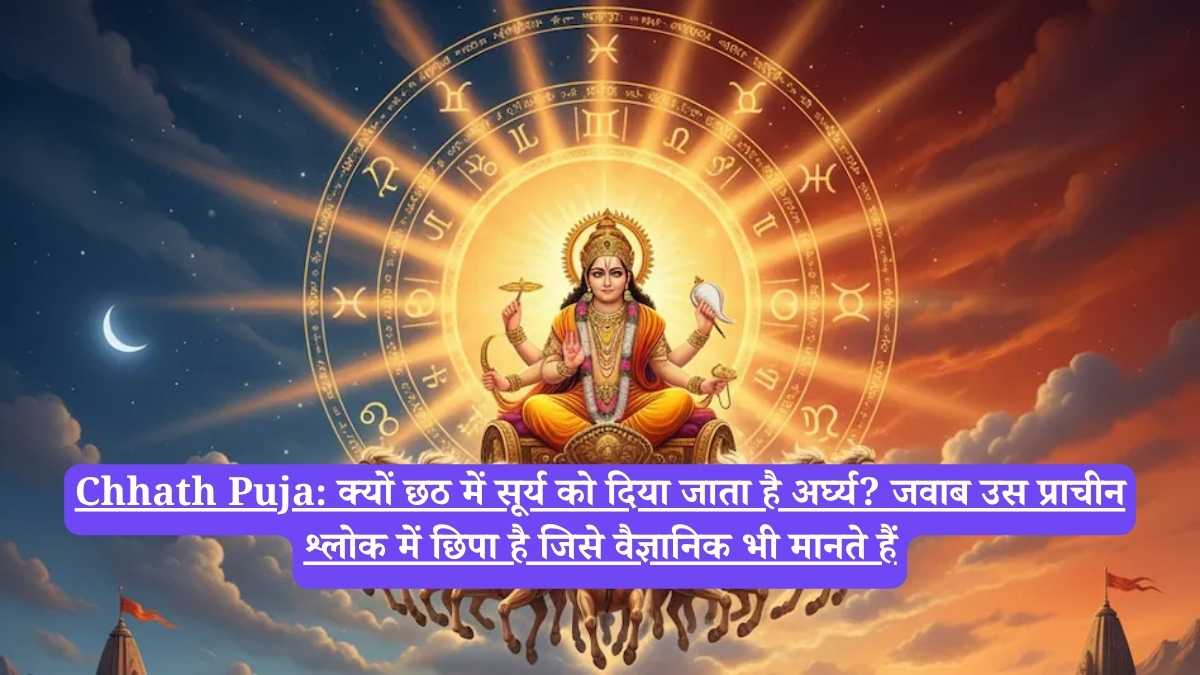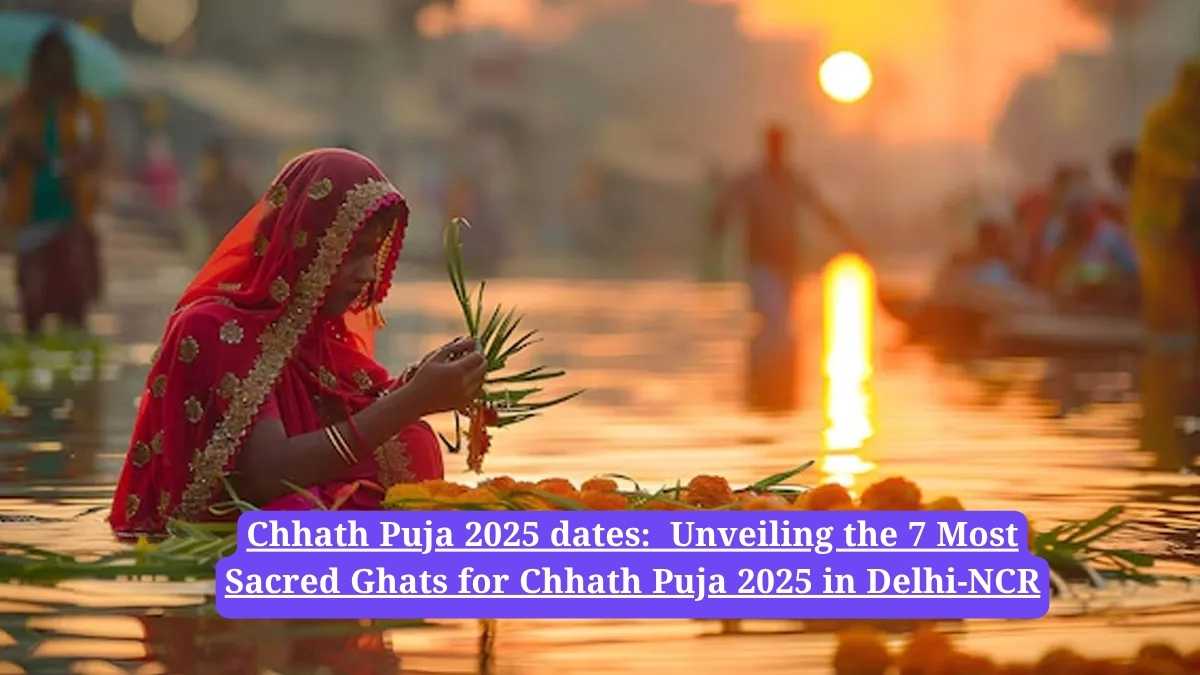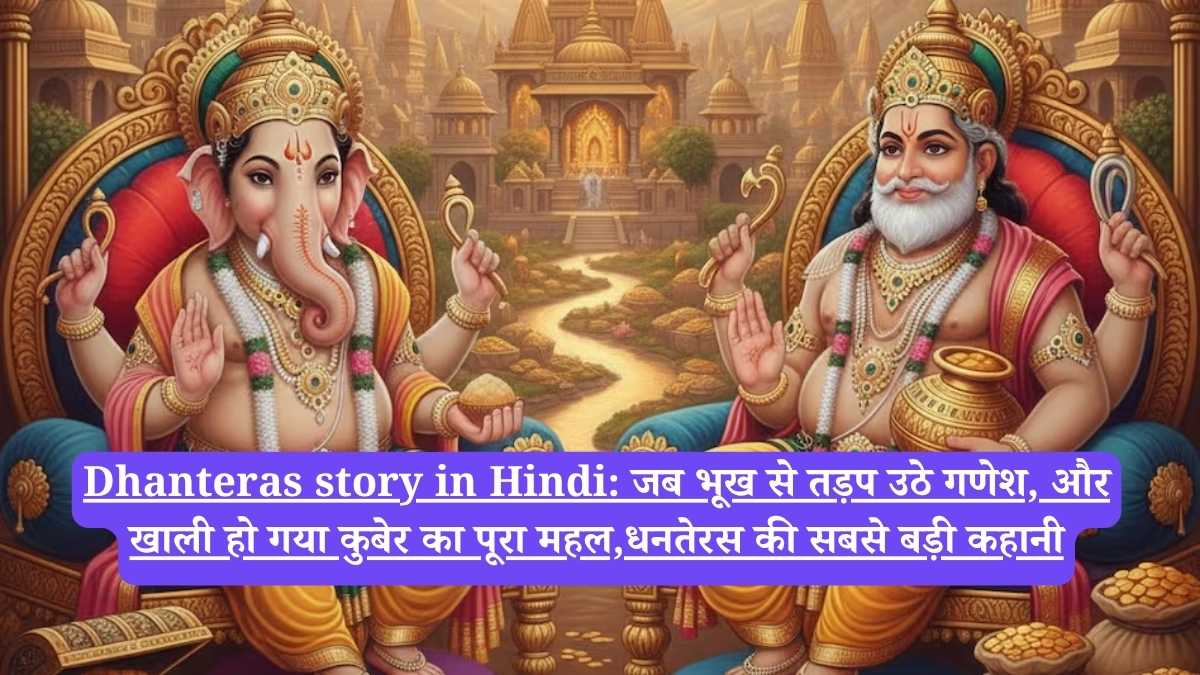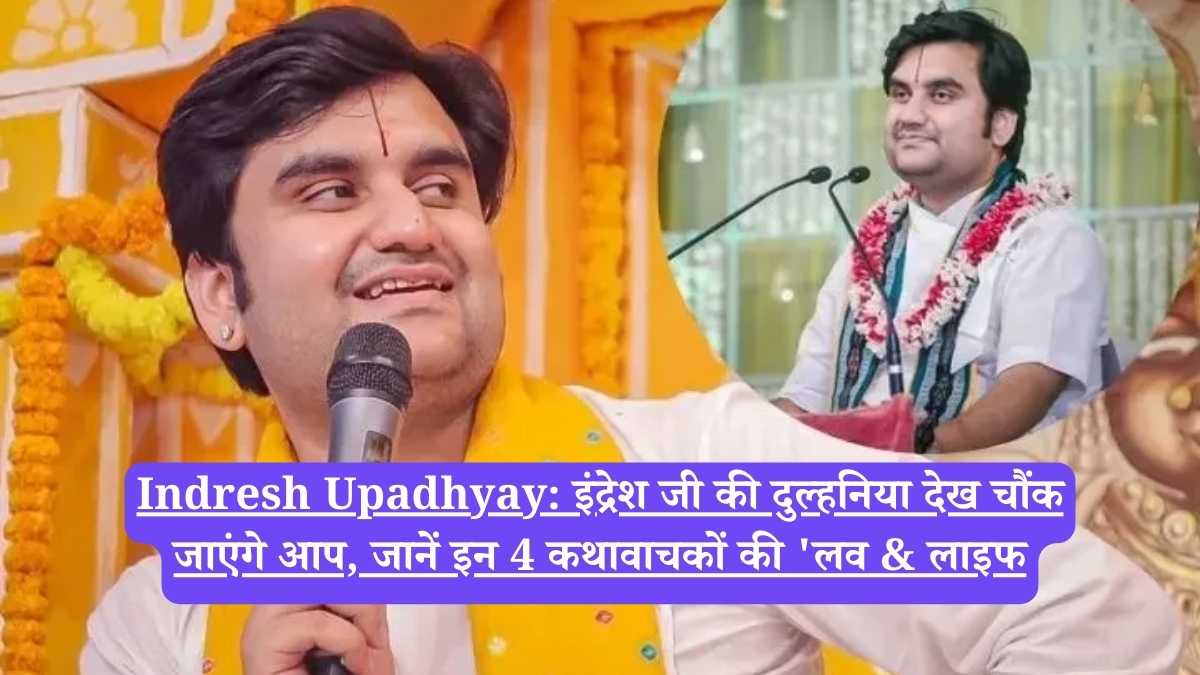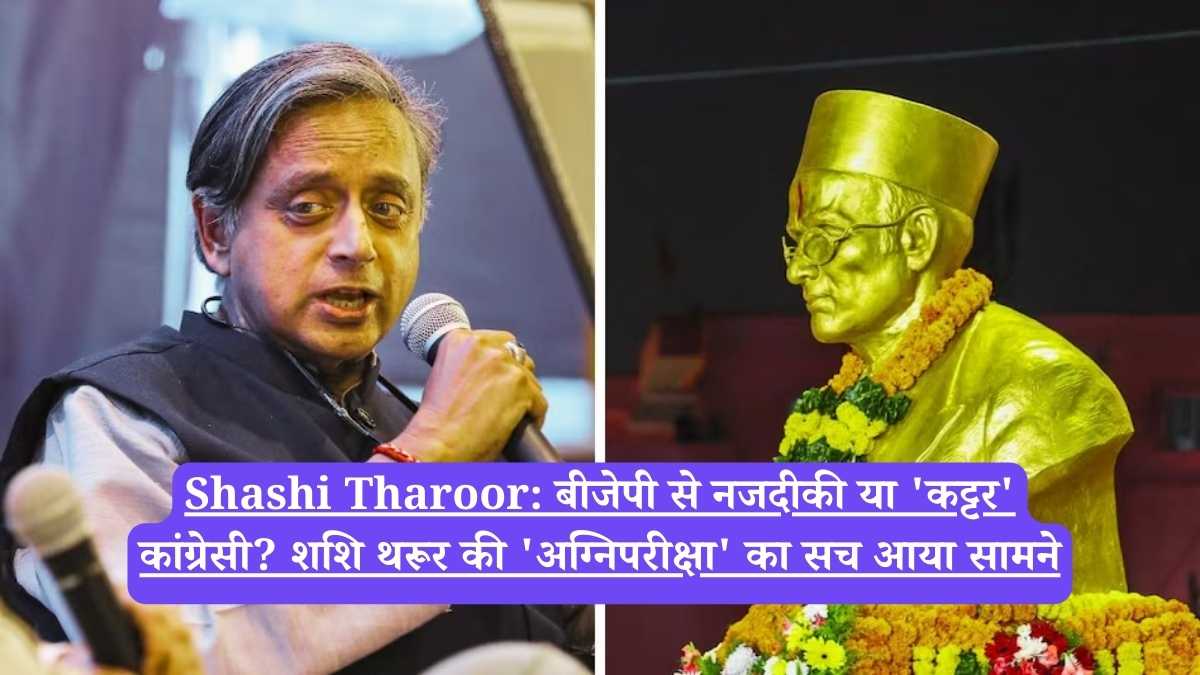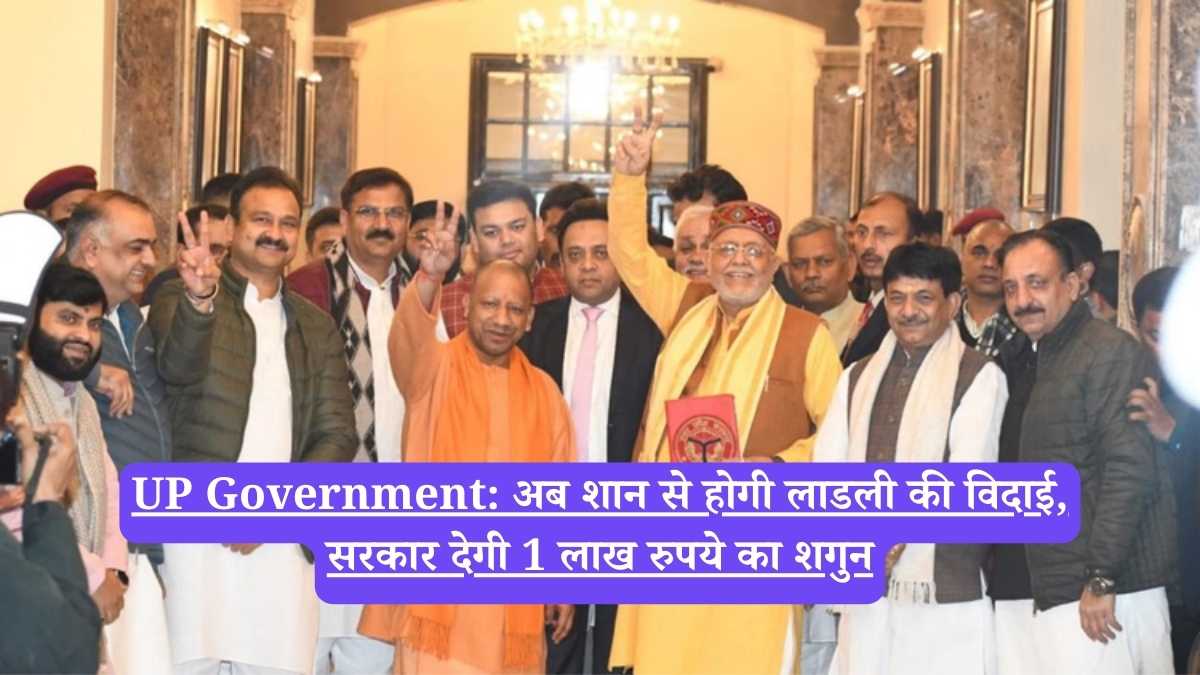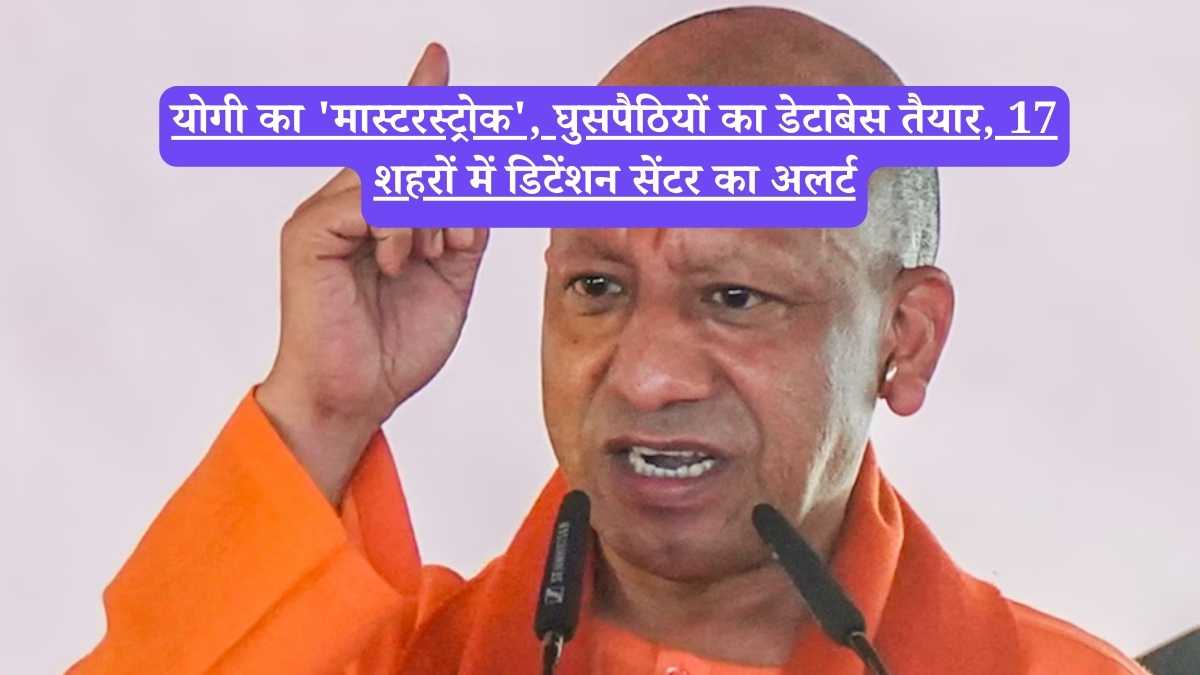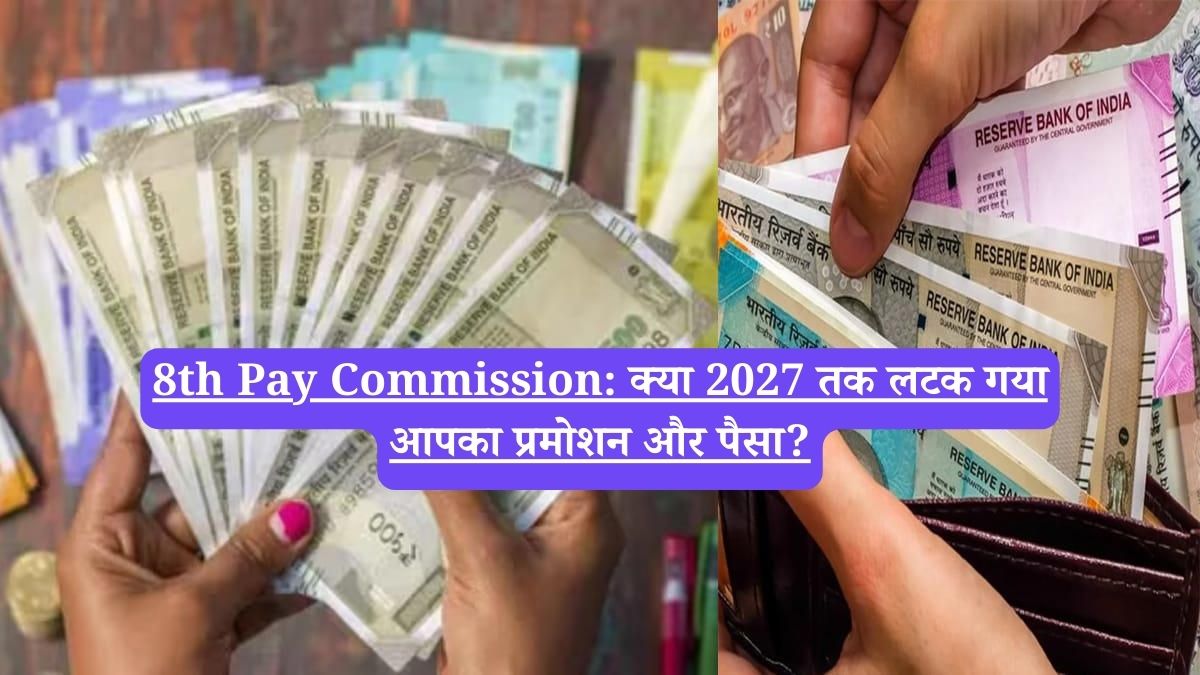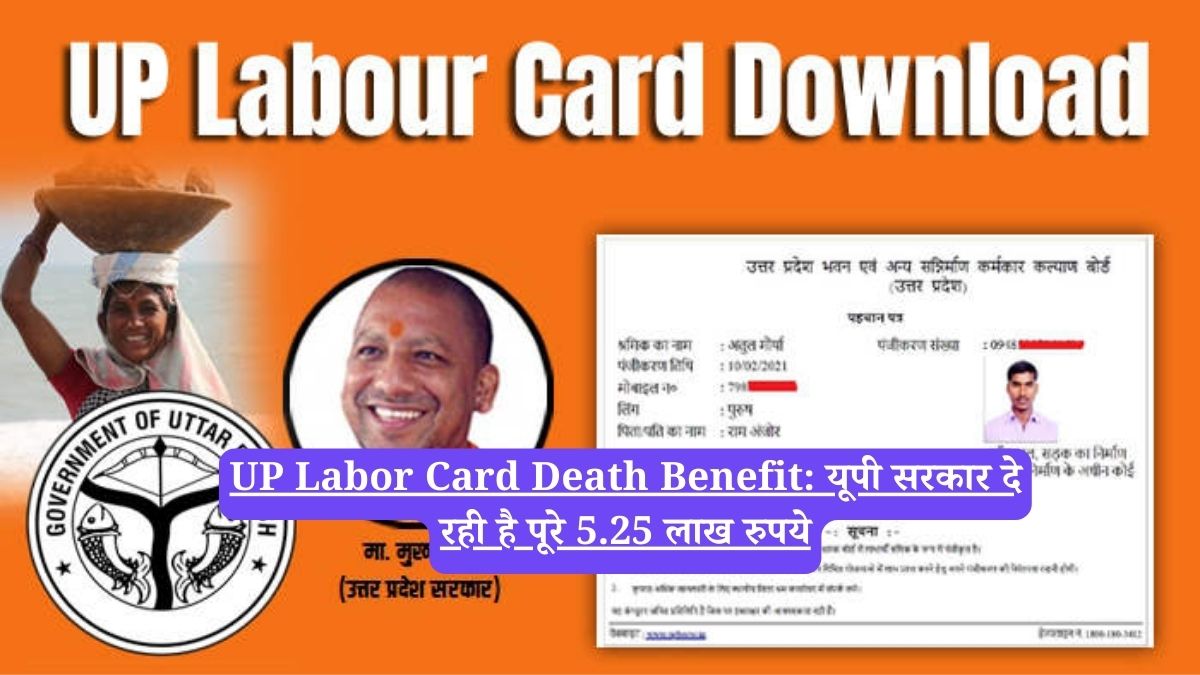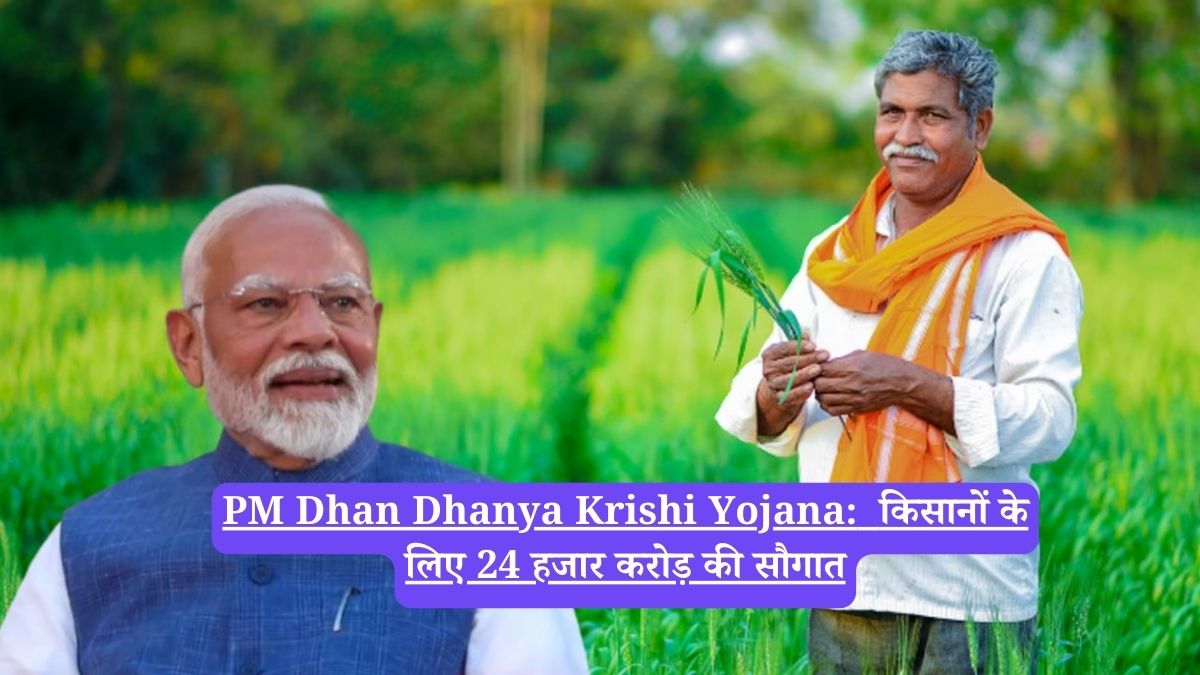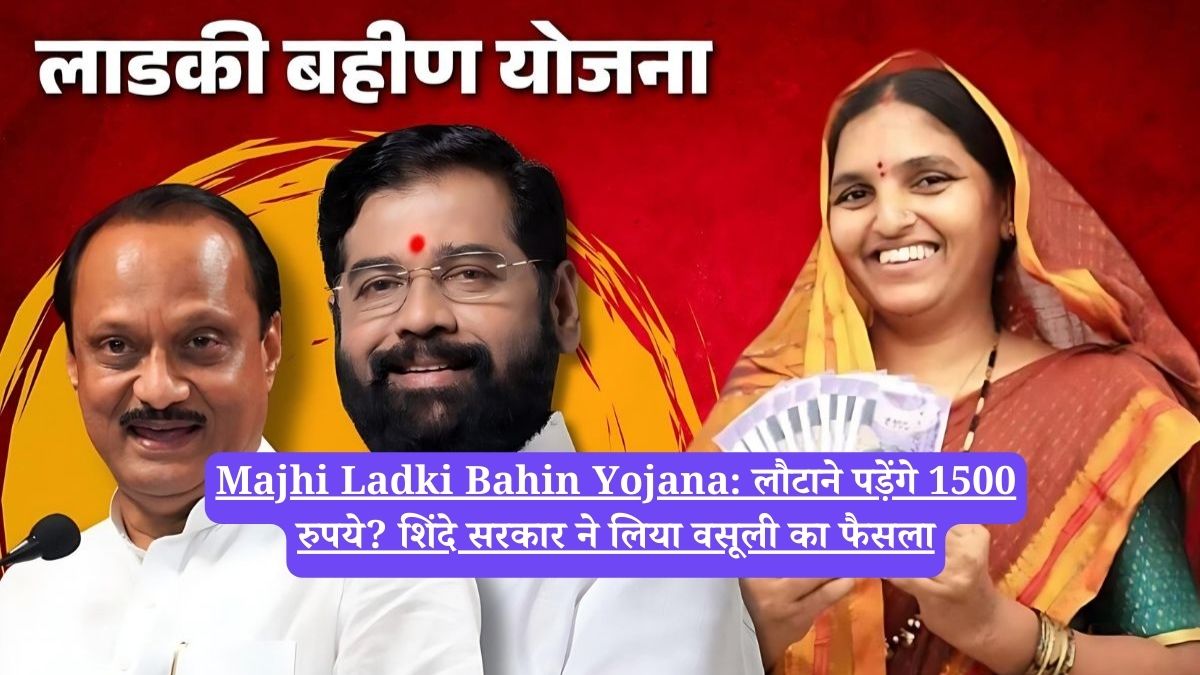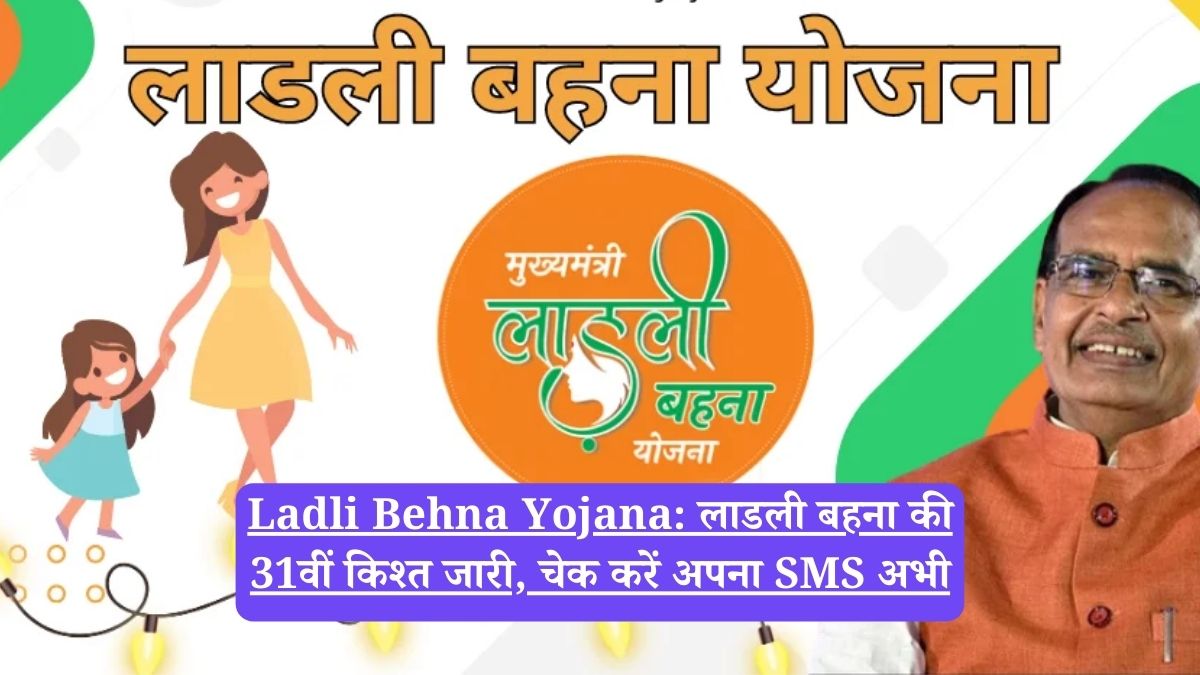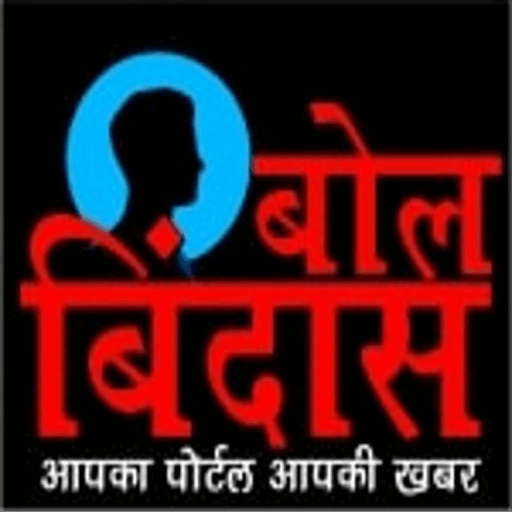Join WhatsApp
Join NowChhath Puja : One of the most ancient and spiritually profound Hindu festivals, the Chhath Mahaparva, has officially commenced today. This grand four-day festival, dedicated to the worship of the Sun God, Surya Dev, and his sister, Chhathi Maiya, is a remarkable display of devotion, endurance, and cultural heritage. Primarily observed by women for the long life, prosperity, and well-being of their children and families, Chhath Puja is a rigorous period of fasting and prayer. This year, the festival begins on Saturday, October 25th, and will conclude with the final offering to the rising sun on Tuesday, October 28th.
According to Vedic scriptures, this festival holds immense significance as it falls during the Hindu month of Kartik, a time when the Sun is in its lowest zodiac sign (Libra). Worshipping the Sun God during this period is believed to counteract any negative astrological effects and bestow immense energy and vitality. Chhathi Maiya, revered as the goddess of protection, is prayed to for safeguarding the family, granting the boon of children, and ensuring overall prosperity. Let’s delve into the deep spiritual significance of each of the four days of this incredible festival, which is gaining popularity across India, the USA, and the UK.
Day 1: Nahay Khay (The Day of Holy Bath and Pure Food)
The first day of Chhath Puja is known as Nahay Khay, which literally translates to “bathe and eat.” This day marks the beginning of the fast and is centered around the purification of the mind, body, and soul.
The Rituals of Nahay Khay:
-
Holy Dip: The Vrati (the devotee observing the fast) begins the day with a holy dip in a sacred water body like the Ganga river, a pond, or a lake. This is a symbolic act of cleansing oneself of all impurities.
-
Purification of Home: After the bath, the devotee wears clean, simple, and unstitched clothes. The kitchen and the prayer area of the house are meticulously cleaned, as Chhathi Maiya is considered a symbol of purity and sanitation.
-
The Sacred Meal: On this day, the Vrati consumes only one meal, which is known as the “prasad of Nahay Khay.” This meal is prepared with extreme care and adherence to sattvic principles. It is traditionally cooked in bronze or brass utensils on a clay stove (chulha), using mango wood or dried cow dung cakes for fuel, as these are considered pure. The meal typically consists of bottle gourd curry (kaddu ki sabzi), gram dal (chana dal), and plain rice.
-
The Vow of Dedication: After consuming this pure meal, the Vrati takes a solemn vow (sankalp) to observe the challenging fast for the next three days with utmost devotion, self-control, and purity.
Day 2: Kharna (The Day of Preparation and Short Fast)
The second day of Chhath is called Kharna or Lohanda. This day involves a full-day fast without even a single drop of water. In the evening, the Vrati prepares a special prasad for Chhathi Maiya, breaking their day-long fast after offering it to the goddess. This prasad usually consists of kheer (a sweet rice pudding made with jaggery) and rotis (flatbreads). After consuming this offering, the Vrati begins their formidable 36-hour waterless (nirjala) fast.
Day 3: Sandhya Arghya (The Evening Offering to the Setting Sun)
The third day is the main and most spectacular day of Chhath Puja, known as Sandhya Arghya. This is when devotees offer their first oblation (arghya) to the setting sun (astachalagami surya). In the evening, families gather at the banks of rivers or other water bodies. The Vratis stand waist-deep in the water, holding decorated bamboo baskets filled with fruits, sweets, and the special thekua (a traditional sweet biscuit) as an offering to the setting sun, praying for health, success, and prosperity. The riverbanks come alive with folk songs, prayers, and a divine festive atmosphere.
Day 4: Usha Arghya (The Morning Offering to the Rising Sun)
The fourth and final day of the Mahaparva is called Usha Arghya or Suryodaya Arghya. Before dawn, the devotees and their families gather again at the same water body. They wait for the sun to rise, and as the first rays appear on the horizon, the Vratis offer their final arghya to the rising sun. This ritual symbolizes the victory of light over darkness and gratitude for the life-giving energy of the sun. With this final offering, the grueling 36-hour fast is concluded. The Vratis break their fast by consuming the sacred prasad, distributing it among family and friends.
Chhath Puja is more than a festival; it’s a testament to human faith, resilience, and a deep connection with nature.
